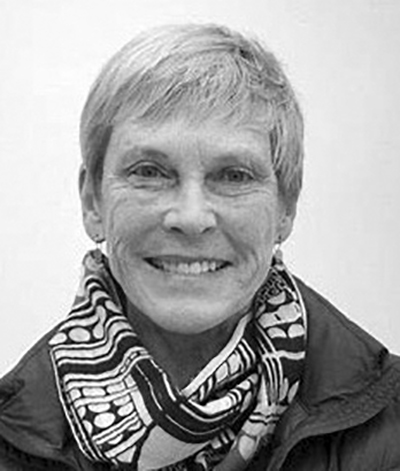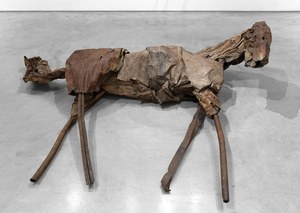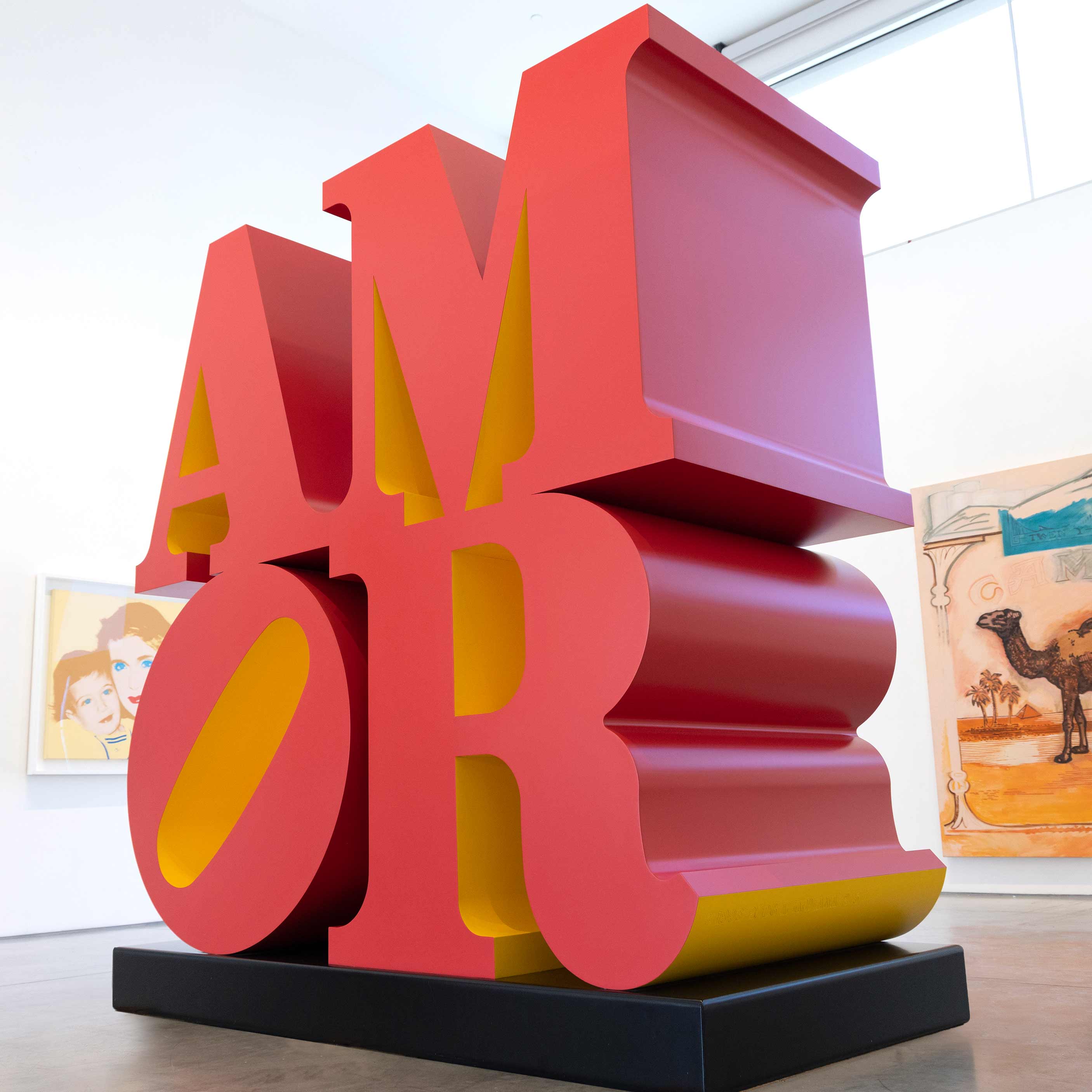DEBORAH BUTTERFIELD (b. 1949)
 The artist grew up in San Diego in the 1950s and 60s, and frequently rode and drew pictures of horses. At the University of California, Davis, in the 1970s, she studied ceramics under Robert Arneson, the funk artist who helped propel the medium from the realm of craft and encouraged his student to pursue her idea of making elaborate life-size saddles. In graduate school, she moved onto a horse farm and helped take care of the animals to pay her rent.
The artist grew up in San Diego in the 1950s and 60s, and frequently rode and drew pictures of horses. At the University of California, Davis, in the 1970s, she studied ceramics under Robert Arneson, the funk artist who helped propel the medium from the realm of craft and encouraged his student to pursue her idea of making elaborate life-size saddles. In graduate school, she moved onto a horse farm and helped take care of the animals to pay her rent.
In the 1970s, Butterfield made her first horses from plaster, papier-maché, and mud and sticks. In 1980, she traveled to Israel on a John Simon Guggenheim grant, and worked with steel and other detritus of wars, and determined the material held emotional content. This set her on a course of making horses with found and welded steel, fused aluminum, copper, and wood — materials that also have a history. In the mid-’80s, she discovered the possibilities of bronze to retain the aesthetics of rotting wood in the casting process.
She and her artist husband John Buck live on a Montana ranch, where they maintain separate studios and sometimes host equine events, including dressage shows and training clinics.
Butterfield’s work is held in the collections of dozens of U.S. museums, including Art Institute of Chicago, H.M. de Young Museum in San Francisco, Metropolitan Museum of Art and the Whitney Museum of American Art in New York, Palm Springs Art Museum, Seattle Art Museum, and Walker Art Center and Walker Sculpture Garden in Minneapolis.

_tn28596.jpg )



